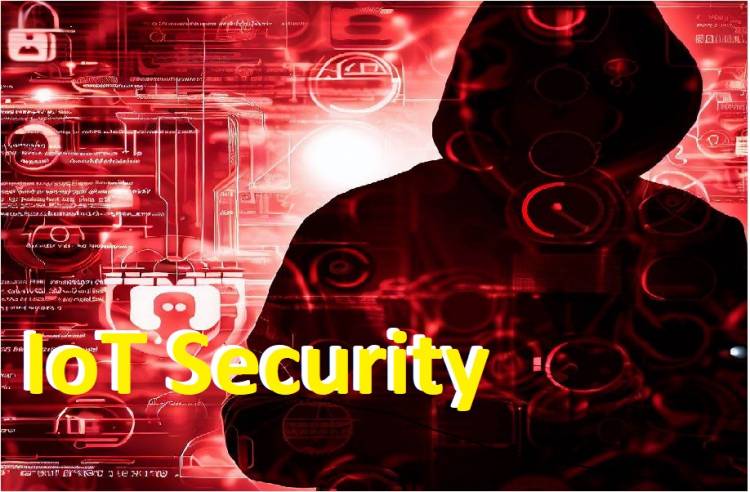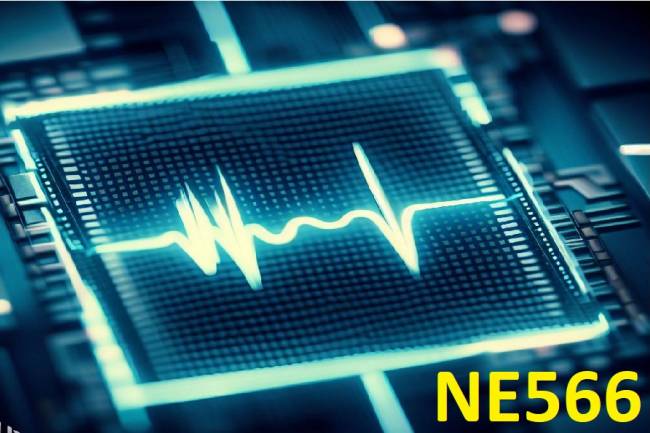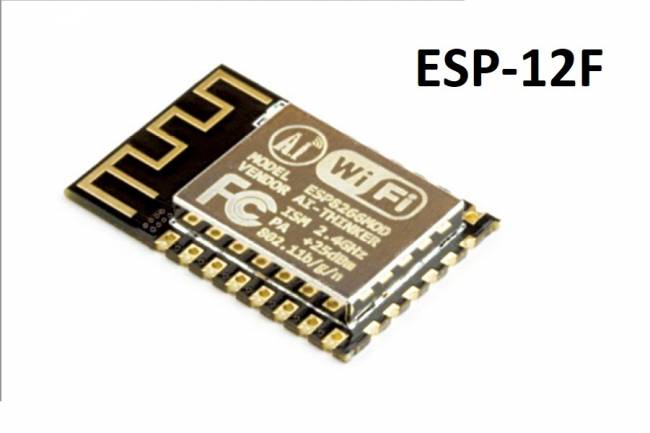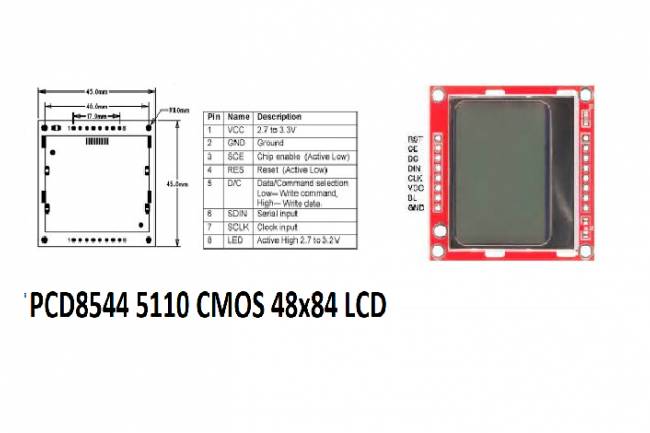
IoT Security: The Increasing Importance of Technology
In the world of the Internet of Things (IoT), we are witnessing an era where devices and systems communicate and share data with each other. IoT is used in many areas from our homes to industrial facilities and makes our lives more comfortable and efficient. But this technological revolution brings with it new security risks. In this article, we will examine the technical measures to be taken for IoT security and explain this issue through two examples: smart vehicles and smart industrial production systems.
IoT Security Principles
Both examples have key IoT security principles that must be applied:
1. Data Encryption
IoT devices generate and share large amounts of data. Encrypting this data ensures that sensitive information is safe. Confidentiality and integrity of data must be maintained using strong encryption protocols.
2. Software Security
Users of IoT devices such as smart vehicles and industrial production systems must be protected from potential dangers due to security vulnerabilities. Therefore, security tests and code reviews should be done in software development processes. Also, security updates should be applied quickly.
3. Physical Access Control
Physical access is critical to the security of IoT devices. Only authorized persons should be allowed physical access and physical security measures such as security cameras should be used.
4. Separate Networks and Segmentation
IoT devices must be isolated using network segmentation and separate networks. This reduces the possibility of one device damaging the others.
5. Remote Access Control
IoT devices have remote access capability. However, these capabilities must be tightly controlled using secure channels specific to authorized users.
Examples of Security in Iot Systems
Smart Vehicle Security
Smart vehicles include many IoT devices to ensure the safety of drivers and passengers. For example, in-car entertainment systems increase occupant comfort while also making them vulnerable to attack. For the safety of these devices, the above technical precautions should be applied. Data encryption protects the confidentiality of driver and passenger data, while secure software development and update management ensures software security of vehicles. Physical access control prevents cars from being physically damaged or subjected to malicious tampering.
Intelligent Industrial Production Systems
Intelligent industrial production systems facilitate data collection while increasing automation in factories. These systems must provide security using industrial protocols and separate networks. In industrial production, while IoT devices transmit data within the facility, it is also important to ensure data protection and uninterrupted business processes. Physical access control and security cameras increase security in the factory environment, while separate networks and segmentation ensure devices are isolated and data protected.
IoT security can be achieved by combining technical measures and security principles. Each application domain should consider its own security requirements and threat profiles and implement appropriate technical measures. In this way, we can safely benefit from the advantages of IoT technology.























